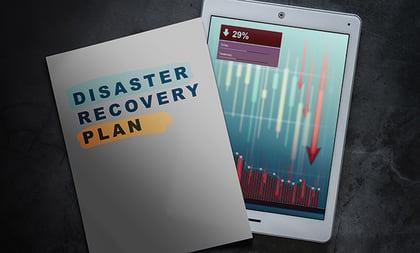Every time an unusually severe business disruption occurs, the definition of a “worst-case scenario” is given new meaning.
While the pandemic serves as the latest reminder that organizations should regularly reevaluate their readiness for the next event, this year’s active hurricane season or West Coast fires also underscore the importance of organizations regularly revisiting their level of preparedness.
One reason why many smaller businesses fail to reopen after a catastrophic event is that few of them have a business continuity plan in place. Others have such plans, but they are often poorly drafted, outdated, and rarely if ever rehearsed.
The good news for financial firms is that if they effectively plan for the business impact of a disruptive event, they are more likely to survive it with minimum property damage, minimum employee and customer impact, and minimum lost revenue and reduced market share.
Planning is Everything
A business continuity plan is a document in which a broad range of information, policies and procedures are compiled and ready for use when an event disables the normal delivery of products and services. Each plan is unique, reflecting the business interruption risks and specific mitigation actions on a company-by-company basis.
An advisory firm must address a variety of different events and related business disruptions occurring to each facility in different regions of the country, such as its call centers. On the other hand, firms in a single region may confront a more limited range of disruptions, but the impact of a particularly long disruption can be more severe.
In either case, the business continuity plan anticipates different risks and provides a checklist of mitigation actions once a disruptive event occurs.
Developing the Plan
To draft a business continuity plan, it’s best to form a planning committee whose task is to develop the plan and oversee its execution. It is critical for a member of the senior executive team to champion the work of the committee to ensure their efforts are not derailed by the team members’ other responsibilities.









 November 10, 2020 at 10:58 AM
November 10, 2020 at 10:58 AM








